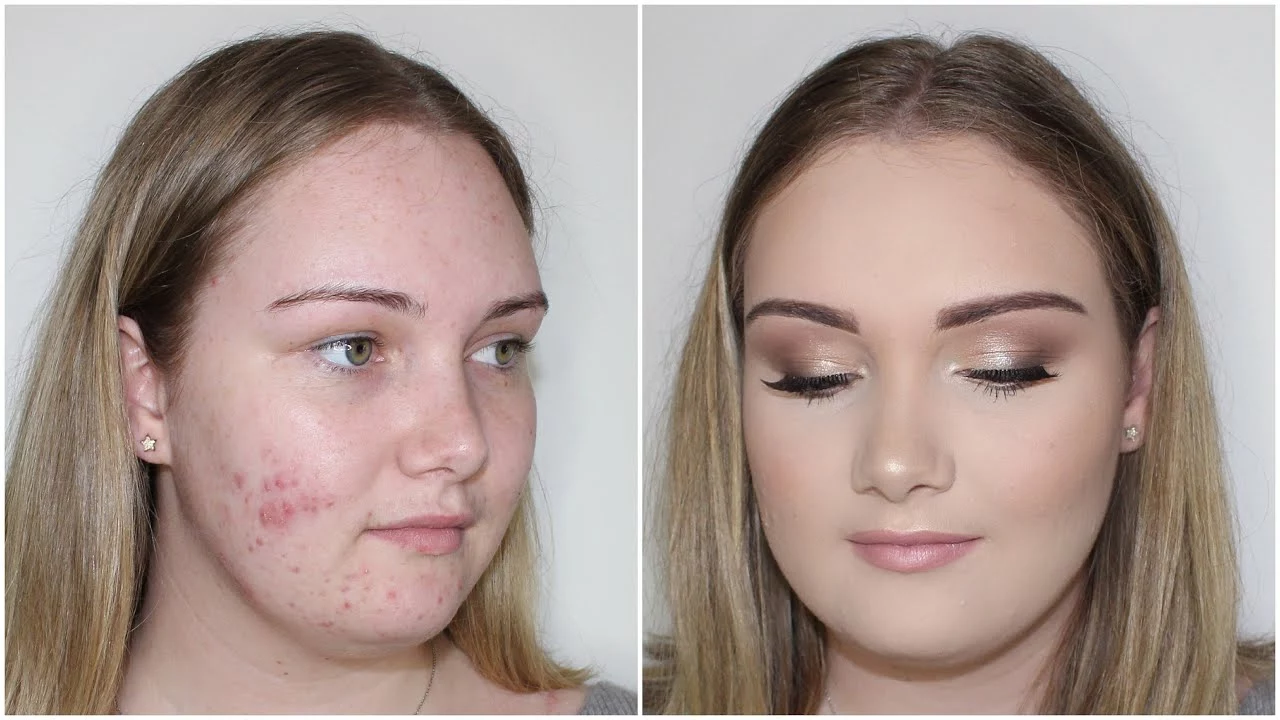Tazarotene: What It Does and How to Use It Safely
Tazarotene is a topical retinoid used for acne, psoriasis, and sun-damaged skin. It speeds up skin cell turnover so clogged pores clear faster and thick, scaly patches thin out. Many people see clearer skin in weeks, but the key is using it the right way to avoid irritation.
How it works: tazarotene binds to receptors in the skin that control cell growth and inflammation. That reduces clogged pores, calms some redness from psoriasis, and helps smooth fine lines and rough spots caused by sun damage. It’s prescription-only in most places, so talk to your prescriber about the right strength and frequency.
Practical application tips
Apply a pea-size amount to the affected area once daily, usually at night. Cleanse gently and wait about 20 minutes so your skin is dry—applying to wet skin often increases irritation. Start with every other night for the first 2–4 weeks if you have sensitive skin, then move to nightly as tolerated. Avoid combining with other strong actives like benzoyl peroxide or exfoliating acids unless your doctor says it’s okay.
Moisturize. Tazarotene can dry your skin, so use a simple, fragrance-free moisturizer after it absorbs. If flakes or redness appear, cut back to every other night and use the moisturizer more often. Sunscreen is a must—tazarotene makes skin more sun-sensitive, so use SPF 30+ daily and reapply outdoors.
Common side effects and when to slow down
Expect mild burning, stinging, or peeling at first. These usually ease in a few weeks. If you get severe swelling, blistering, or intense pain, stop using it and call your doctor. Also stop if you develop a widespread rash or signs of infection. Do not apply to broken skin or open wounds.
Pregnancy warning: tazarotene can cause serious birth defects if used during pregnancy. If you are pregnant, planning to get pregnant, or can become pregnant, do not use it. Use reliable birth control while on the medicine and for a time after stopping—follow your prescriber's instructions exactly.
Interactions and other cautions: avoid harsh waxing or chemical peels while using tazarotene—your skin will be more fragile. Tell your doctor about other topical treatments, oral acne medicines, or photosensitizing drugs you use. If you’re breastfeeding, discuss risks and benefits with your healthcare provider.
Storage and handling: keep the tube tightly closed at room temperature, away from heat and children. Wash your hands after applying unless you’re treating your hands directly. If you miss a dose, skip it—don’t double up.
When to see a doctor: if irritation won’t calm after reducing frequency, if your skin reaction looks infected, or if you have questions about pregnancy safety, reach out. Tazarotene works best with patience and steady use, so give it time and follow practical steps to prevent irritation.
